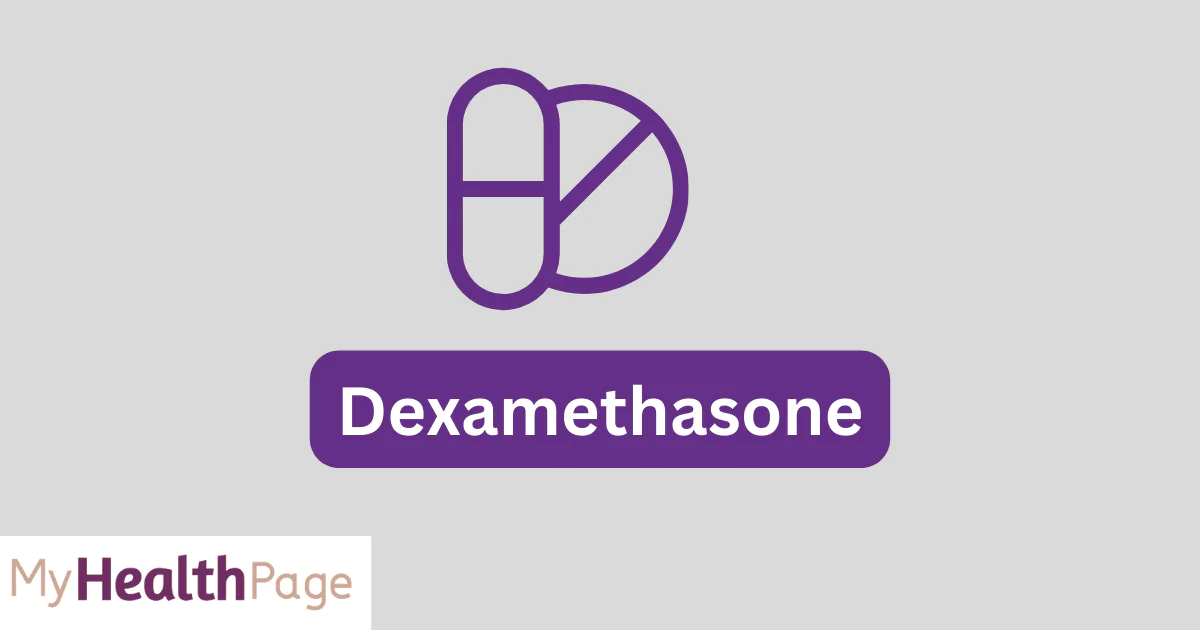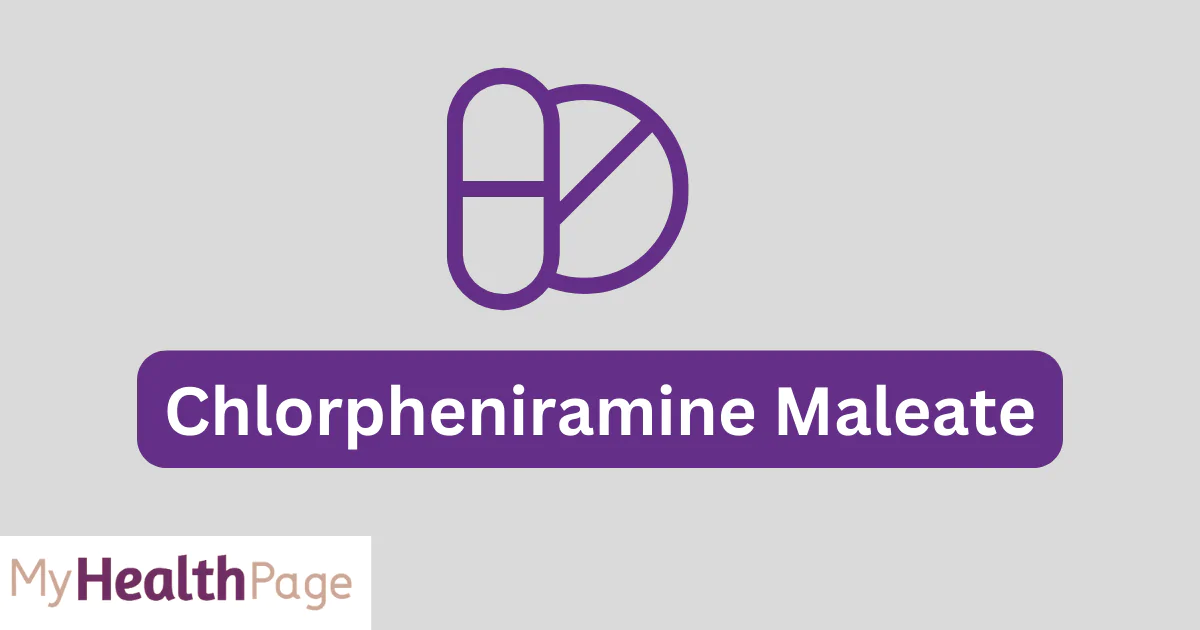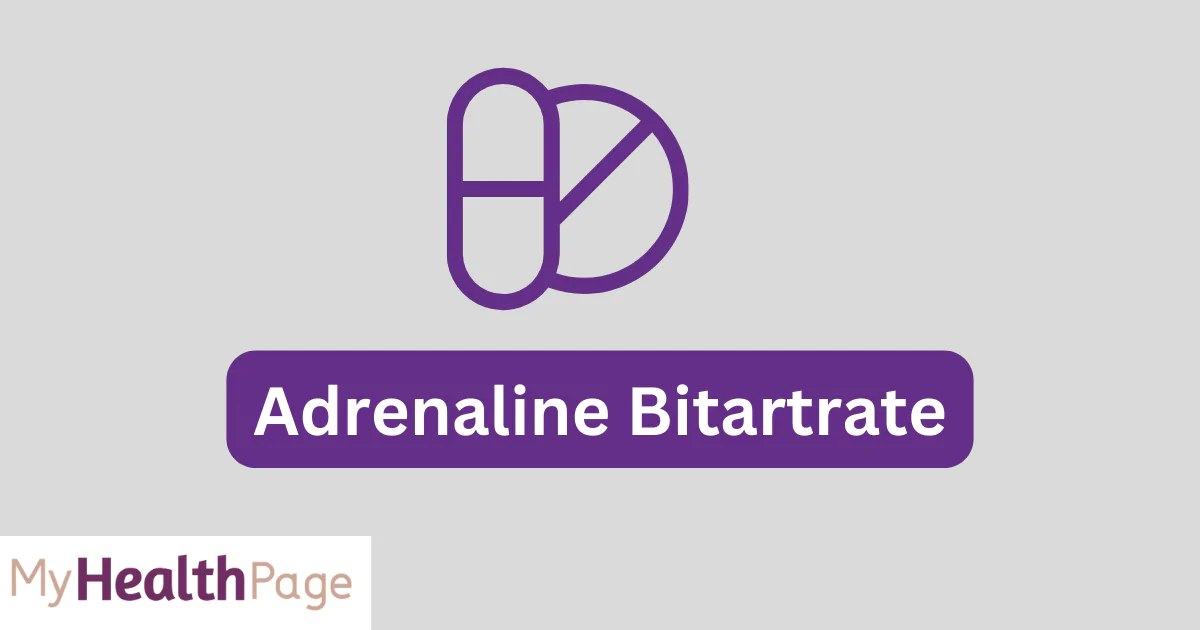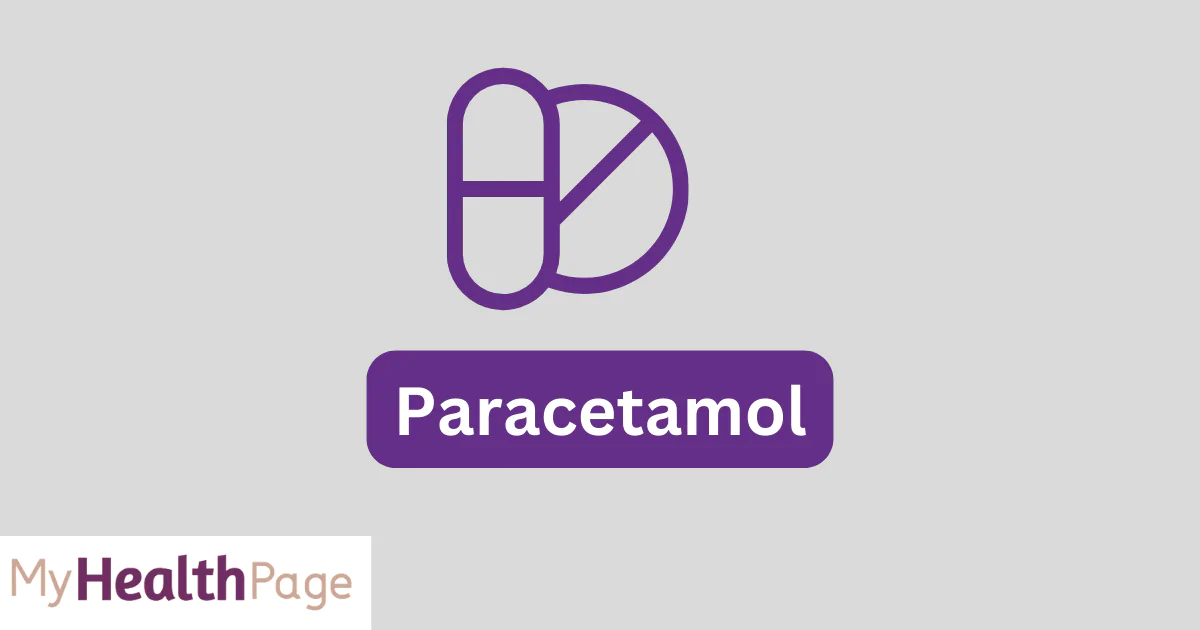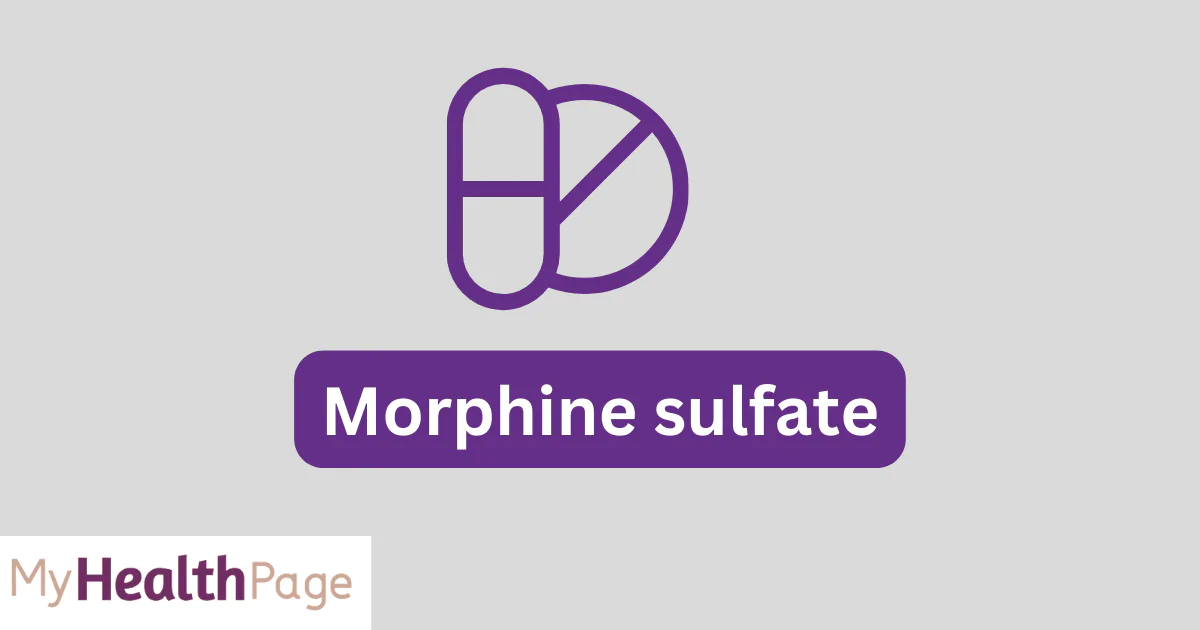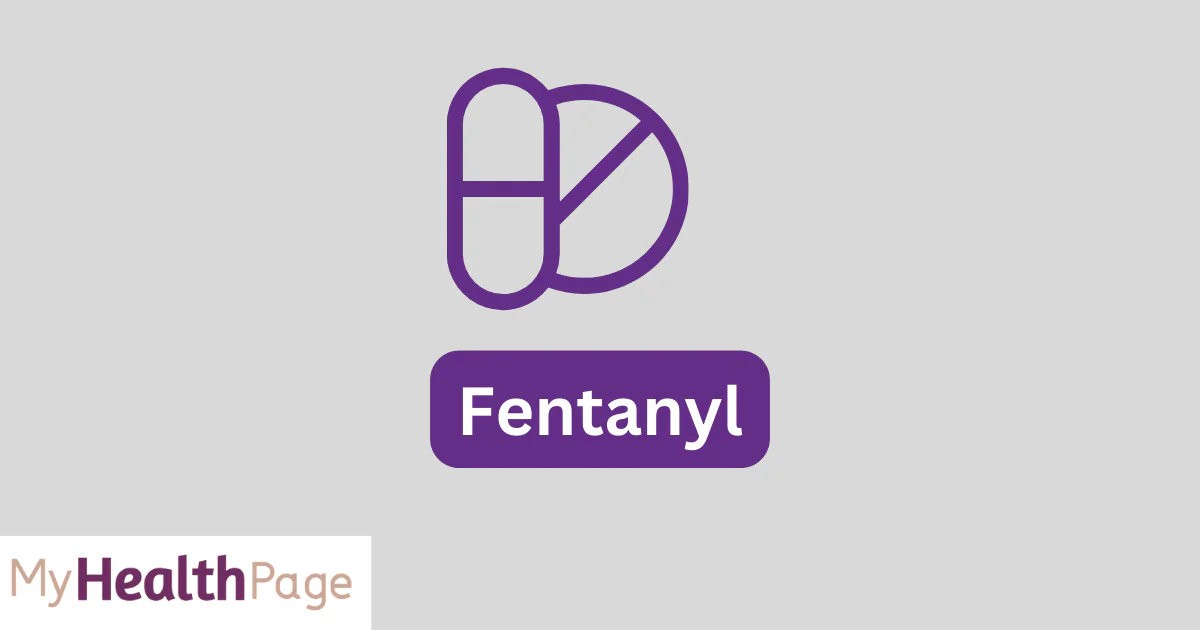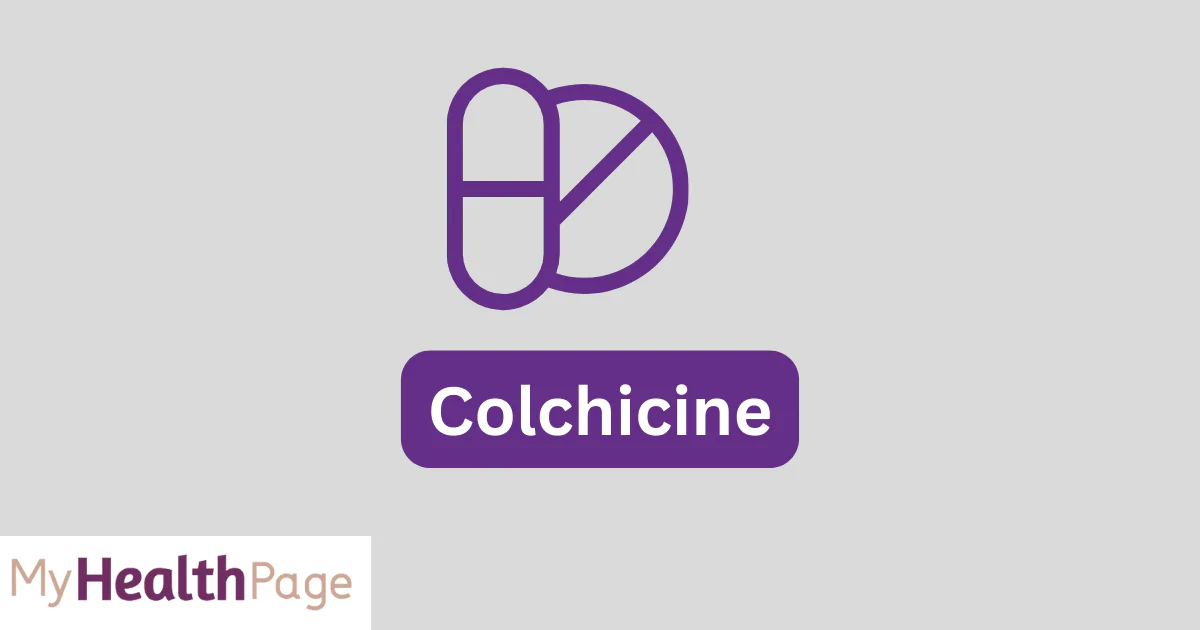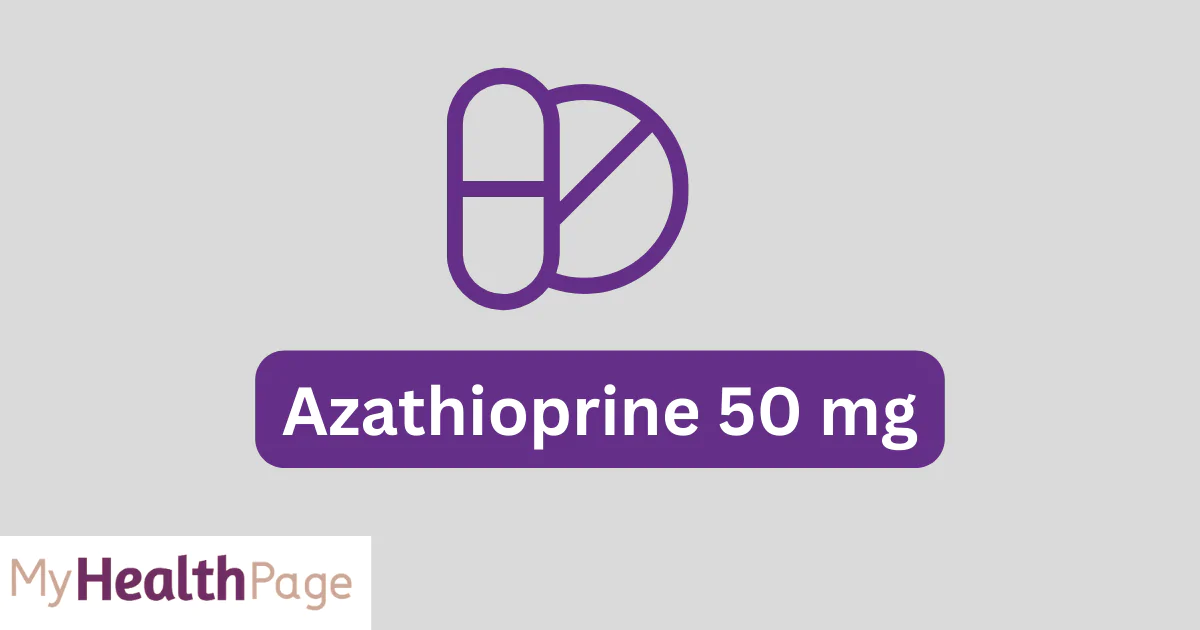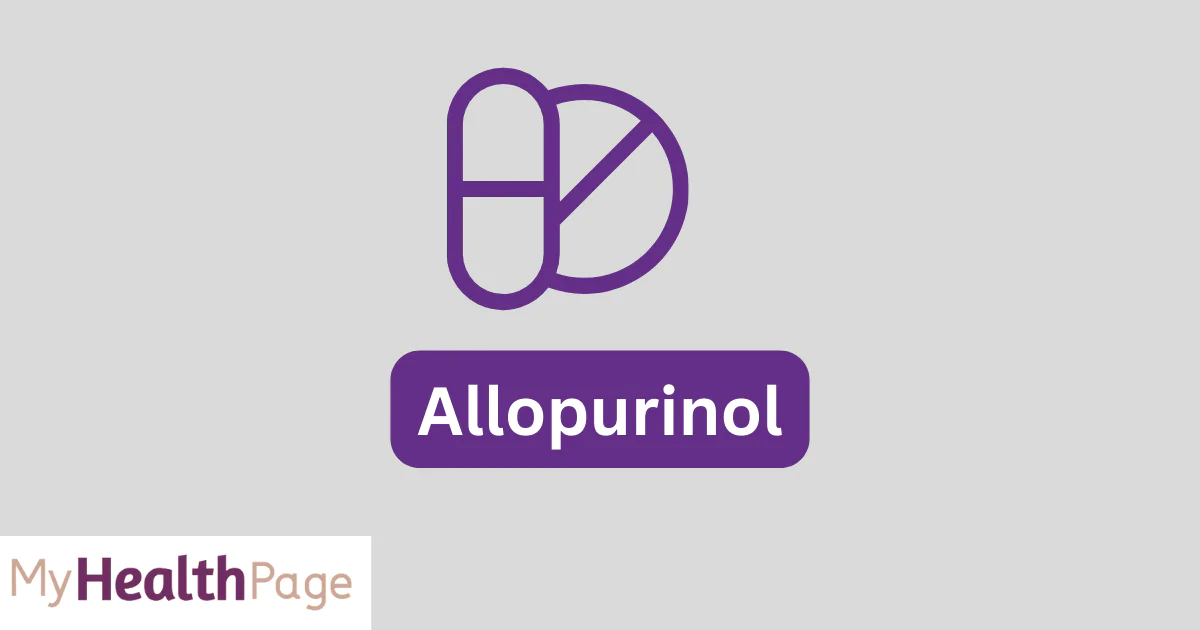Leflunomide is a disease-modifying antirheumatic drug (DMARD) widely used in the management of rheumatoid arthritis (RA) and, less commonly, in other autoimmune conditions like psoriatic arthritis. It functions by inhibiting dihydroorotate dehydrogenase, a key enzyme in the pyrimidine synthesis pathway, which leads to a reduction in the proliferation of lymphocytes. This action helps in controlling the inflammatory processes associated with autoimmune diseases.
Leflunomide Pharmacokinetics:
- Absorption: Leflunomide is well absorbed after oral administration.
- Metabolism: It is rapidly metabolized in the gut and liver to its active metabolite, A77 1726 (teriflunomide), which is responsible for most of its pharmacological activity.
- Elimination: The elimination half-life of the active metabolite is quite long, allowing for once-daily dosing. It is primarily excreted through the urine and feces.
Indications:
- Primary: Rheumatoid arthritis
- Other Uses: Psoriatic arthritis and potentially other inflammatory conditions.
Leflunomide Mechanism of Action:
Leflunomide’s primary mechanism involves the inhibition of dihydroorotate dehydrogenase, leading to a decrease in the synthesis of pyrimidine ribonucleotides. This action specifically affects rapidly dividing cells, such as activated lymphocytes, thereby reducing inflammation and joint damage in rheumatoid arthritis.
Leflunomide Dosage and Administration:
Patients usually start with a loading dose to quickly achieve therapeutic plasma concentrations, followed by a maintenance dose. The exact dosage and regimen depend on the patient’s condition and response to therapy.
Leflunomide Side Effects:
Common side effects include gastrointestinal disturbances, liver enzyme elevations, alopecia, and rash. Because of its potential for hepatotoxicity and teratogenic effects, monitoring liver function tests and avoiding use in pregnancy are essential precautions.
Contraindications:
- Severe liver impairment
- Pregnancy
Monitoring:
Regular monitoring of blood counts and liver function tests is recommended to detect potential adverse effects early.
Leflunomide Patient Counseling:
Patients should be informed about the importance of regular monitoring, the potential side effects, and the need to avoid pregnancy during treatment and for a certain period after discontinuation due to the drug’s long half-life and teratogenic potential.
Clinical Efficacy:
Leflunomide has been shown to reduce symptoms of rheumatoid arthritis, improve physical function, and slow the progression of joint damage.
Comparison with Other DMARDs:
Leflunomide is often compared with methotrexate, another first-line DMARD for RA, in terms of efficacy and safety. It may be used as monotherapy or in combination with other DMARDs in patients who do not respond adequately to methotrexate alone.
Read also: Ibuprofen: Usage, Mechanism, and Safety
Disclaimer : The information provided on myhealthpage.in is not a substitute for professional medical advice, diagnosis, or treatment. If you have any questions or concerns about your health, please consult with a licensed physician or other qualified healthcare provider.






